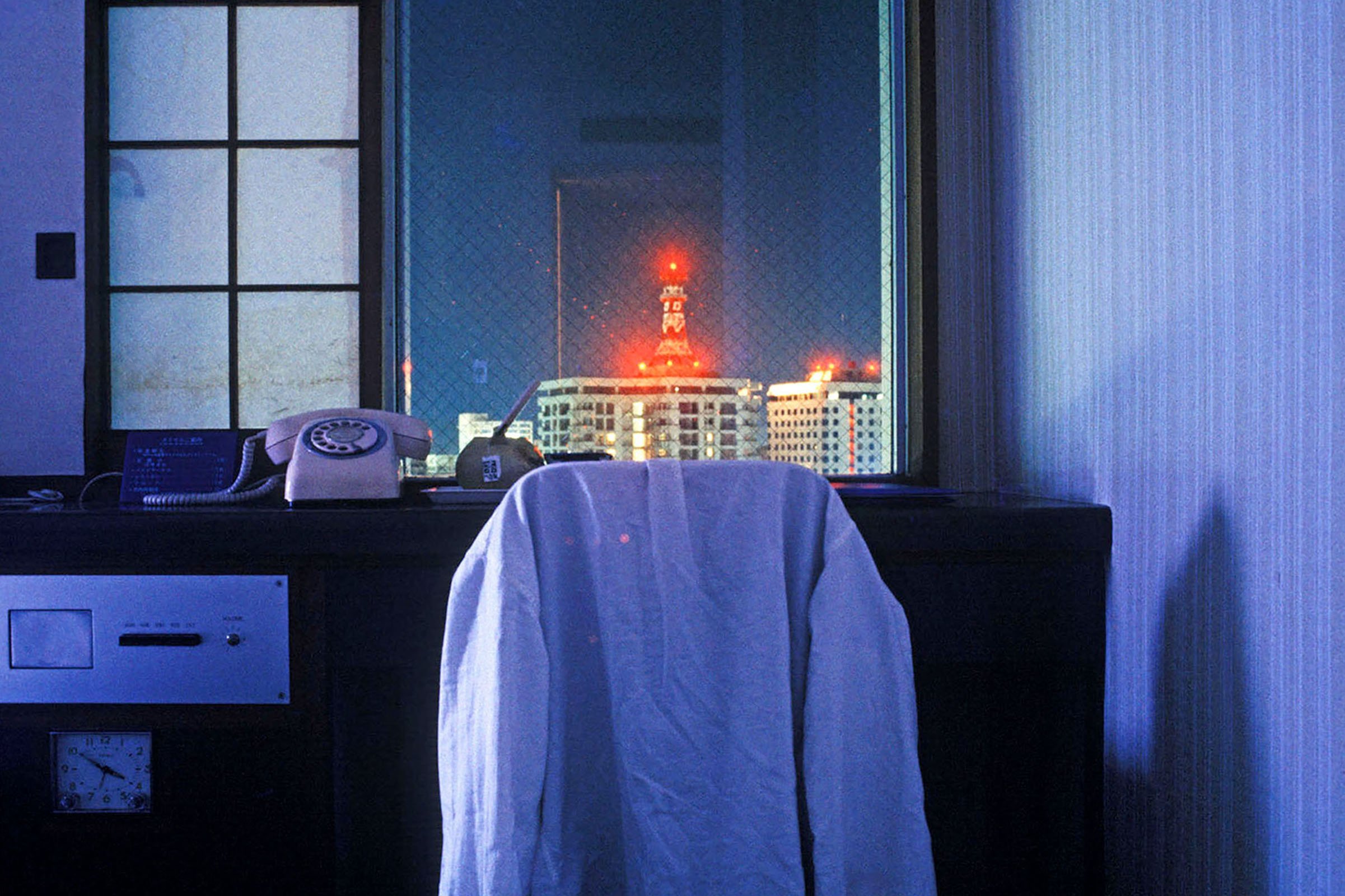The 5 PM Chime: discover the meaning behind enigmatic melodies that echoes through Japan

The 5 PM Chime: discover the meaning behind enigmatic melodies that echoes through Japan
Have you ever strolled through the streets of Japan at 5 p.m. and heard an unfamiliar chime punctuating the day?
For those who have traveled through Japan, this enigmatic melody, broadcasted through a network of loudspeakers in towns and villages, may have piqued your curiosity.
In Japan, where the precision of timekeeping in both machinery and its inhabitants is esteemed, tardiness is a rarity, epitomizing a culture where each minute bears immeasurable value. While the broadcasted melody across towns and villages may pique interest, one might question its relevance in today's digital world. Against this cultural canvas, the 5pm chime persists as a central component of the daily routine, originally signifying the shift from professional commitments to personal or familial moments.
This chime underscores the profound entwinement of machinery with the day-to-day of the Japanese. Though melodies vary by region, these chimes resonate as more than just soothing tones.
In an era when information flows effortlessly through our smartphones and the internet, it's easy to question the relevance of such a traditional system. The tunes vary depending on the location, however, these chimes serve a purpose beyond just providing pleasant melodies.
5 pm Chime resonating in Harajuku’s streets
Timeless Tunes: The Dual Purpose of Japan's 5 PM Chime
In Japan, as the clock strikes 5 pm, a melodic chime known as "goji no chaimu" rings out. Before the proliferation of pocket watches and today's advanced technology, these chimes stood as integral markers of time's passage. They punctuated the rhythm of daily life, ringing out for occasions such as lunch breaks or signaling the end of a school day, nudging children to return home. Today, even amidst the cacophony of our technologically saturated world, this siren persists, resonating with memories of yesteryears. Its quaint melody might hint at antiquity, but its purpose remains as relevant and vital as ever.
In fact, Its formal designation, "shichōson bōsai gyōsei musen hōsō," highlights its primary function: serving as an essential tool for disaster preparedness and emergency management. Beyond its modern-day utility in swiftly alerting citizens to imminent dangers like tsunamis and industrial mishaps, this chime carries the weight of history.
An high-tech emergency system
These speakers play a crucial role in a state-of-the-art national network. Remarkably, they can transmit emergency alerts to local governments nationwide in just seven seconds! The existing nationwide disaster-warning system was launched roughly six decades ago after a massive earthquake shook Niigata Prefecture in 1964. Since then and due to Japan being particularly exposed to natural disasters due to its geographical position, it has continuously evolved and received upgrades.
Indeed, the archipelago's unique geographical position at the intersection of no less than 4 tectonic plates, combined with growing tensions with a growing number of neighboring countries, has prompted the Japanese government to invest heavily in its warning system. Japan's emergency system even got a name “J-alert”, and has cost nearly 20 billion yen ($136 million) since its creation in 2007. The current focus on incorporating the latest digital innovations to maintain its leading edge in emergency preparedness. The system is based on satellite connectivity, making it one of the most effective warning systems in the world. In 2019, an upgraded version of the J-Alert system was released to reduce satellite signals' susceptibility to poor weather and other weather conditions, resulting in an even diminished information’s transmission time. The loudspeaker network is coupled with other communication means such as television or cell broadcast to boost its efficiency and reach.
Japan’s High-Tech Emergency Alert System
Melodic Mosaic: Japan's 5 PM Variations
While the melody of Japan's 5 PM chime changes based on location, in Tokyo and much of the archipelago, "Yuuyake Koyake" often reigns supreme. This cherished children's tune, a creation of 20th-century composer Shin Kusakawa from Nagano, captures many hearts. Yet, as you journey through the country, you might hear different children's songs, local town anthems, or even the iconic Westminster chimes. This variety in selection adds to Japan's rich tapestry of regional identity and tradition. Just as travelers seek out unique railway station stamps or decorative manhole covers, the ever-changing 5 PM chime offers another delightful cultural treasure to discover and cherish during your Japanese adventure.
"Yuuyake Koyake" the most popular 5 PM Chime’s track
In addition to the varying melodies, municipalities employ their speaker systems for a multitude of reasons, ranging from announcing local events and news updates to issuing safety reminders and promoting responsible driving. More alarmingly, these broadcasts can also relay warnings about wild animals, such as bears, and notify residents of suspicious individuals, adding an element of urgency and caution to their daily rhythm.
Balancing Nostalgia and Nuisance:
While these speaker systems are deeply embedded in Japanese culture, their frequent use can sometimes overshadow their charm. Certain local governments overuse this mode of communication, inundating residents with incessant messages that could be disseminated through subtler means, such as emails. Many voice concerns online about catchy tunes or announcements disrupting their sleep or playing too frequently throughout the day. Yet, for most, these melodies transcend mere inconvenience, stirring fond memories from days gone by.
5 o'clock Chime in Takayama, Japan.
Whether we like it or not, as we wander the streets of Japan, these chimes continue to echo, inviting us to contemplate the passage of time and the evolution of communication. In a world saturated with digital messages and notifications, they hark back to a simpler era when the sound of a familiar melody signaled important moments in the day.
Eléonore Bos, writer for sabukaru based in between Paris and Tokyo.








